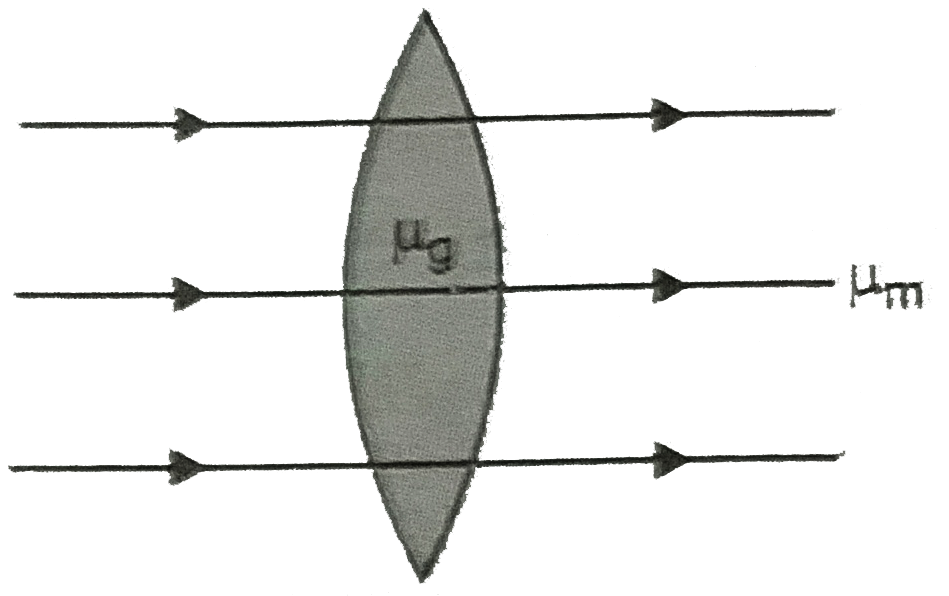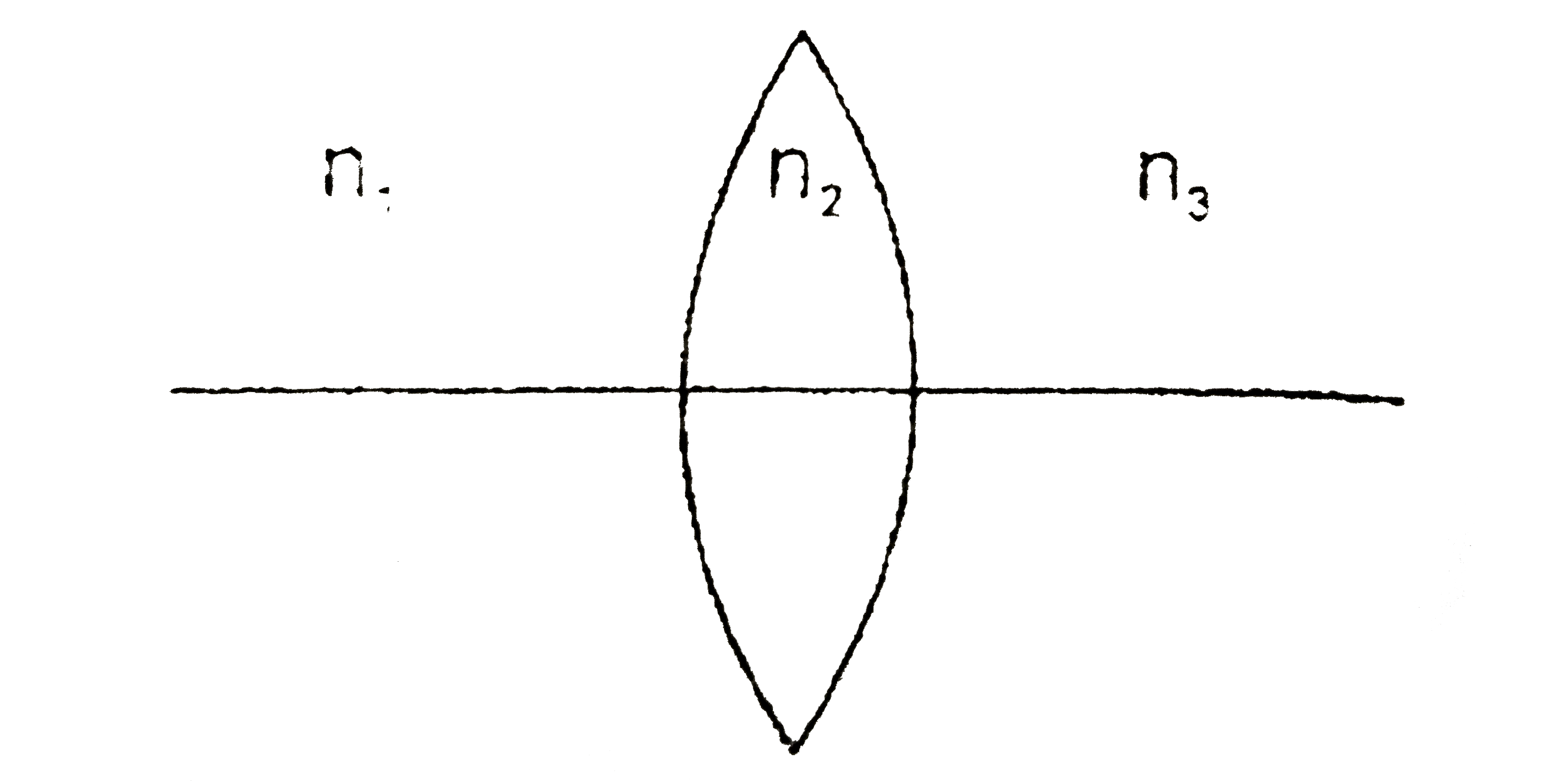In the Fig. 9.28, path of a parallel beam of light passing through a convex lens of refractive index kept in a medium of refractive index is shown.
Is (i) , or (ii) or (iii)

As the rays after passing through the lens diverge, it is clear that
Topper's Solved these Questions
- RAY OPTICS AND OPTICAL INSTRUMENTSBOOK - U-LIKE SERIESCHAPTER - RAY OPTICS AND OPTICAL INSTRUMENTSEXERCISE - SHORT ANSWER QUESTIONS
54 Videos
- RAY OPTICS AND OPTICAL INSTRUMENTSBOOK - U-LIKE SERIESCHAPTER - RAY OPTICS AND OPTICAL INSTRUMENTSEXERCISE - LONG ANSWER QUESTIONS-I
38 Videos
- RAY OPTICS AND OPTICAL INSTRUMENTSBOOK - U-LIKE SERIESCHAPTER - RAY OPTICS AND OPTICAL INSTRUMENTSEXERCISE - ASSERTION-REASON TYPE QUESTIONS
5 Videos
- NUCLEIBOOK - U-LIKE SERIESCHAPTER - NUCLEIEXERCISE - Self Assessment Test
10 Videos
- SEMICONDUCTOR ELECTRONICS : MATERIALS, DEVICES AND SIMPLE CIRCUITSBOOK - U-LIKE SERIESCHAPTER - SEMICONDUCTOR ELECTRONICS : MATERIALS, DEVICES AND SIMPLE CIRCUITSEXERCISE - SECTION B
1 Videos
Similar Questions
A convex lens of refractive index μg is held in a reansparent medium of refractive index μm If course of rays is as shown in Fig., how are μgandμm related ?
 .
.
View SolutionAn equiconvex lens of refractive index n2 is placed such that the refractive index of the surrouding media is as shown. The lens :

View Solution
Knowledge Check
When a lens of refractive index n1 is placed in a liquid of refractive index n2, the lens looks to be disappeared only if
An1=n22Bn1=34n2Cn1=n2Dn1=54n2An equiconvex lens of refractive index n2 is placed such that the refractive index of the surrouding media is as shown. The lens :
 Amust be diverging if n2 is less than the aritmetic mean of n1 and n3Bmust be converging if n2 is greater than the arithmetic mean of n1 and n3Cmay be diverging if n2 is less than the arihmetic mean of n1 and n3Dwill neither be diverging nor converging if n2 is equal to arithmetic mean of n1 and n3
Amust be diverging if n2 is less than the aritmetic mean of n1 and n3Bmust be converging if n2 is greater than the arithmetic mean of n1 and n3Cmay be diverging if n2 is less than the arihmetic mean of n1 and n3Dwill neither be diverging nor converging if n2 is equal to arithmetic mean of n1 and n3A ray of light travels from a medium of refractive index n1 to
a medium of refractive index n2. If angle of incidence is i and
angle of refraction is r, than sinisinr is equal toAa n1Bb n2Cc n2n1Dd n1n2
When a lens of refractive index n1, then the lens looks to be dissapeared only, if
View SolutionA glass slab made of a material of refractive index n1 is kept in a medium of refractive index n2.
A light ray is incident on the slab. Draw the path of the rays of light emerging from the glass slab, if n1>n2
View SolutionA glass slab made of a material of refractive index n1 is kept in a medium of refractive index n2.
A light ray is incident on the slab. Draw the path of the rays of light emerging from the glass slab, if n1<n2
View SolutionA ray of light goes from a medium of refractive index n1 to a medium of refractive index n2. The angle of incidence is I and the angle of refraction is r. Then, sin i/sin r is equal to
View SolutionWhen a lens of refractive index n1, then the lens looks to be dissapeared only, if
View Solution
